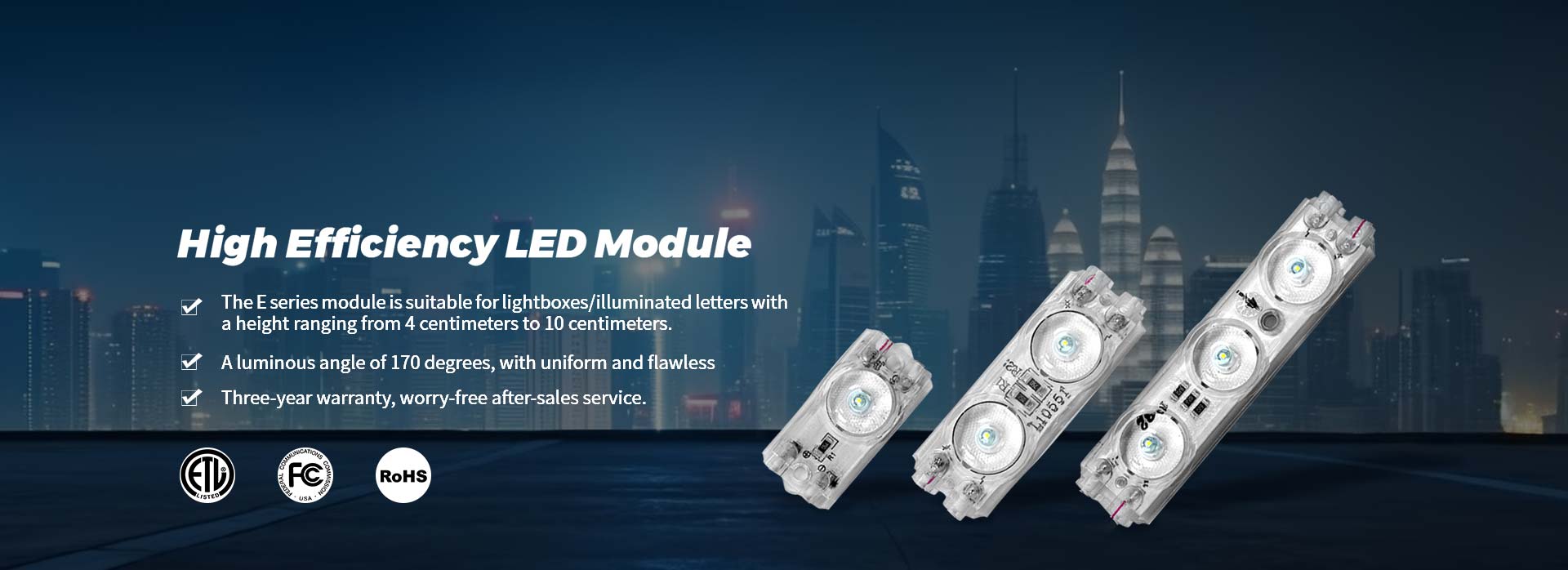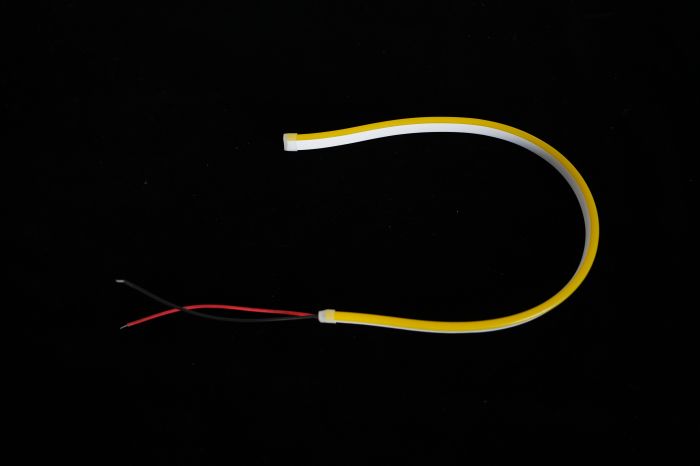
Neon Strip lighting is a beautiful way to light up a space, and designers can be really flexible with their installation. However, it is important to consider safety matters including compliance standards in order to minimize potential hazards and guarantee user safety. The safe installation and use of neon strip lighting systems across a range of applications require adherence to industry regulations as well as certification requirements. Highlighted below are a few essential guidelines that should be embraced in order to ensure that the safety standards are maintained.
1. Electric Wiring and Installation:
When installing the neon strips, proper electrical wiring should be employed. All electrical connections must be made by qualified experts following local electric codes as well as regulations. High quality electrical components such as connectors and transformers which have been rated at specific voltage and current levels for the neon strips should be used. If circuit breakers or fuses are installed on the power supply lines, they will prevent any form of overloading in case there is an overload in the circuit thereby protecting against electrical faults or overcurrent situations.

2. Dissipation of Heat and Ventilation:
These LED-based configurations may generate heat when they work as neon strip lighting systems do. Good dissipation of heat must therefore ensure preventing overheating or even fire risks from occurring. In order to facilitate heat dissipation, position neon strips within well-ventilated areas so that it does not get trapped inside enclosures or fixtures during its cooling process. Mounting surfaces should be made using material which can resist heat while ensuring no contact between neon strips with flammable materials or even combustible surfaces.
3. Waterproofing And Environmental Protection:
Waterproofing measures are fundamental for preventing water damage and electrical hazards during outdoor installations or wet area installations such as those found in bathrooms or outdoor signage provision locations which use neon strip lights (Patterson 5). Use waterproof products designed specifically for outdoor life, or IP-rated neon strip lighting systems within wet conditions. Seal all the connections and junctions using waterproofing compounds or heat-shrink tubing to prevent moisture from entering. Place neon strips at a safe distance from any source of water, and ensure that drainage is efficient enough to avoid accumulation.
4. Adherence to Regulations and Standards:
In order for any neon strip light installation to be safe and lawful, it must conform to industry regulations as well as compliance standards. This means getting familiar with safety standards, which might include national electric code (nec) in us for example, international electrotechnical commission (iec) globally (Hemmerick 8). Look for products labeled with certifications from reputable testing labs like UL (Underwriters Laboratories) or CE (Conformité Européene), which imply conformity towards safety along with performance standards.
5. Routine Maintenance And Inspection:
To be able to detect and address potential hazards in neon strip lighting systems, there should be routine maintenance as well as inspection exercises being carried out on them too. There should be regular inspections of electrical connections; including wiring as well as fixtures in order to identify wear-out signs, damage, deterioration etcetera (Shields 6). Any non-functional component ought to be replaced immediately while repairs / upgrades done at large will help keep it running safe. Provide user education regarding proper usage guidelines and safety precautions so that risks are minimized whilst still enabling users enjoy these lighting installations safely.
Finally, when installing and using neon strip lighting systems – the focus should always be on safety considerations and compliance with regulations. Designers cannot achieve this without following best practices concerning aspects such as electrical wiring, heat dissipation, waterproofing among other factors essential for compliance purposes (Patterson 7).